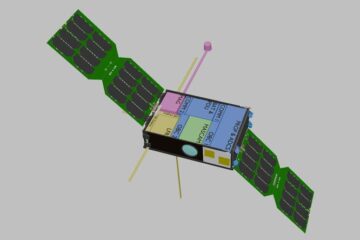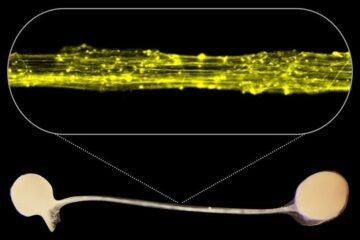Species distribution models can exaggerate differences in environmental requirements

In a new study published in the journal Systematic Biology, a model simulating the distributions of two imaginary species with identical environmental requirements, or ecological niches, was created. The model was tested to determine whether a variety of ecological niche modeling methods would correctly infer that the environmental requirements of the two species were identical.
In cases where environments were similar or only moderately different, many tests correctly inferred that the environmental requirements of two species were identical, but in the case of radically different environments, the results were biased toward suggesting different environmental requirements.
“If you have two separate populations that occupy different environments, what the study shows is that under some conditions, that observation is really useful and strongly suggests, for example, that you could re-introduce one population into the range of another,” said the study's author William Godsoe, a postdoctoral fellow at the National Institute for Mathematical and Biological Synthesis (NIMBioS), an NSF-supported math and biology institute at the University of Tennessee, Knoxville.
“But the fact that the two populations live in different environments could be a trivial observation and lead to erroneous conclusions. For example, you might infer that the two populations have different environmental requirements, suggesting that reintroducing one species into the other wouldn't work, when in fact it could,” Godsoe said.
The findings have important implications for understanding the relationship between the environmental requirements of a species—its niche—and its geographic distribution.
“There is a growing interest in using data on the geographic distributions of a species. This study clarifies the conditions under which distribution data can mislead us, and in the future, this might help us make better management decisions about a species,” Godsoe explained.
The National Institute for Mathematical and Biological Synthesis (NIMBioS) brings together researchers from around the world to collaborate across disciplinary boundaries to investigate solutions to basic and applied problems in the life sciences. NIMBioS is sponsored by the National Science Foundation, the U.S. Department of Homeland Security, and the U.S. Department of Agriculture with additional support from The University of Tennessee, Knoxville.
Publication: Godsoe W. 2010. Regional Variation Exaggerates Ecological Divergence in Niche Models. Systematic Biology 59: 298-306. http://sysbio.oxfordjournals.org/cgi/content/abstract/59/3/298
Media Contact
More Information:
http://www.nimbios.orgAll latest news from the category: Life Sciences and Chemistry
Articles and reports from the Life Sciences and chemistry area deal with applied and basic research into modern biology, chemistry and human medicine.
Valuable information can be found on a range of life sciences fields including bacteriology, biochemistry, bionics, bioinformatics, biophysics, biotechnology, genetics, geobotany, human biology, marine biology, microbiology, molecular biology, cellular biology, zoology, bioinorganic chemistry, microchemistry and environmental chemistry.
Newest articles

Caution, hot surface!
An international research team from the University of Jena and the Helmholtz Institute Jena are demystifying the mechanisms by which high-intensity laser pulses produce plasma on the surface of solids….

Exploring the Asteroid Apophis With Small Satellites
In five years’ time, a large asteroid will fly very close to Earth – a unique opportunity to study it. Concepts for a national German small satellite mission are being…

First model of the brain’s information highways developed
Our human brain is not only bigger and contains more neurons than the brains of other species, but it is also connected in a special pattern: Thick bundles of neurons…





















